Since his brief but wondrous life, Jesus Christ has inspired countless religions, movements, and people. His story, however, verified from real life, continues to inspire others with its acts of peace, healing, sacred reassurance, and sacrifice. Even though Jesus’ life story is readily depicted in the Gospels, he remains a mysterious, enigmatic figure, offering parables for living that provide enough ambiguity to inspire countless interpretations. Many of these interpretations appear in movies, with some movies providing the best examples of “Christ figures.”
His story is deceptively simple, yet all the more powerful. Christ is born out of a miracle and grows up to be an itinerant preacher expressing a new way of living. Along the way, he gathers a small but loyal group of followers but simultaneously earns the ire of authorities committed to enforcing the status quo. In the end, after being betrayed by one of his friends, he sacrifices himself for his cause, catalyzing a new religion or way of being in the process. In this article, we will explore the best examples of “Christ figures” in movies. Some are obvious, while others are more subtle. (For other divisive figures, discover the most hated movie characters ever.)
To compile a list of the best examples of “Christ figures” in movies, 24/7 Tempo consulted a range of lifestyle, entertainment, and film publications including Reddit, IMDB.com, and DigitalSpy.com. Next, we selected movies that showed clear connections to Jesus Christ. After that, we confirmed aspects of the analyses using sites like The New York Times and Movieforums.com.
John Coffey – “The Green Mile” (1999)

One of the best examples of “Christ figures” in movies is John Coffey in “The Green Mile.” In the film, Coffey is wrongfully convicted of the rape and murder of two little girls. This lands him on death row in Lousiana’s Cold Mountain Penitentiary. Throughout his stay, however, Coffey exhibits qualities that rise above the grim environment of prison. He’s polite and kind, with a nature of almost pure innocence.
The longer he stays on death row, the more Coffey’s Christ-like actions surface. For one, he can heal ailments. Furthermore, he can read minds through the act of touching another person. His large, powerful frame betrays his healing nature, yet it doesn’t stop him from transforming the state of the death row cell block. The longer the movie runs the more his supernatural abilities present themselves.
Besides healing, Coffey can resurrect the newly dead and extend people’s life spans. Much like Christ, Coffey is unassuming, wants for nothing, yet gives his entire being towards the goodwill of others. While prison guards attempt to stave off Coffey’s inevitable execution, Coffey graciously accepts his fate and keeps his dignity to the very end. Much like Christ, he sees the world as a cruel place and feels no fear of his violent death.
Obi-Wan Kenobi – “Star Wars: A New Hope” (1977)
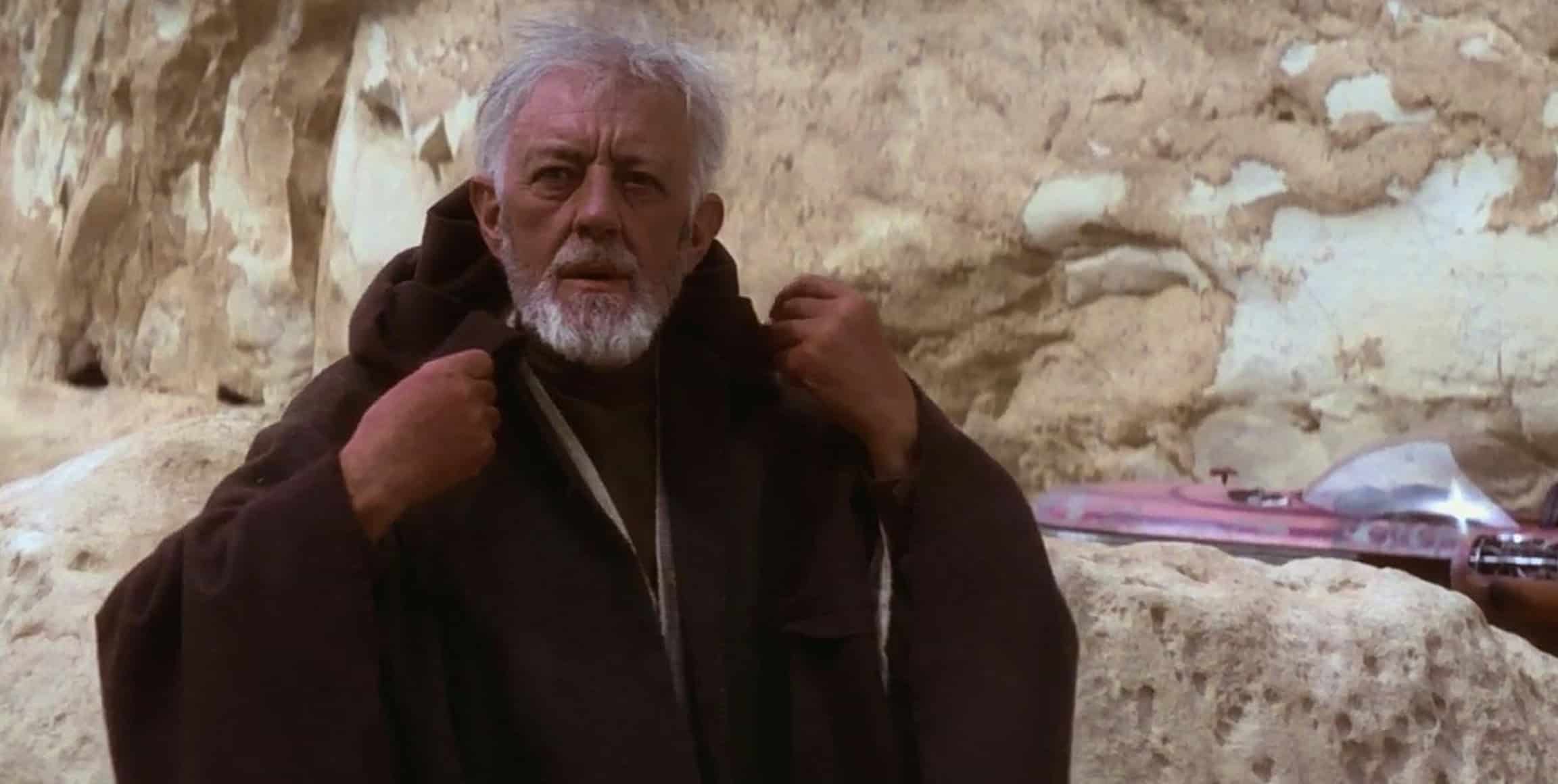
Another one of the best examples of “Christ figures” in movies is Obi-Wan Kenobi in “Star Wars: A New Hope.” Though he appears in more than one of the Star Wars films, his mysterious, enigmatic nature shines in the original film. Living in self-assumed exile on the planet of Tattooine, Kenobi befriends young Luke Skywalker and slowly reveals to him the nature of the Force.
Much like Christ, Kenobi rears his young disciple in supernatural ways, showing him the secrets of existence that hide between the smallest of things. Once he feels Skywalker is ready for the journey towards the force, Kenobi willfully sacrifices himself in a battle against Darth Vader. He does this, not only to give Skywalker breathing room against the dark side of the Force, but because he knows he will live forever in the mysterious, magical, and everpresent nature of the Force.
Eugene Simonet – “Pay it Forward” (2000)
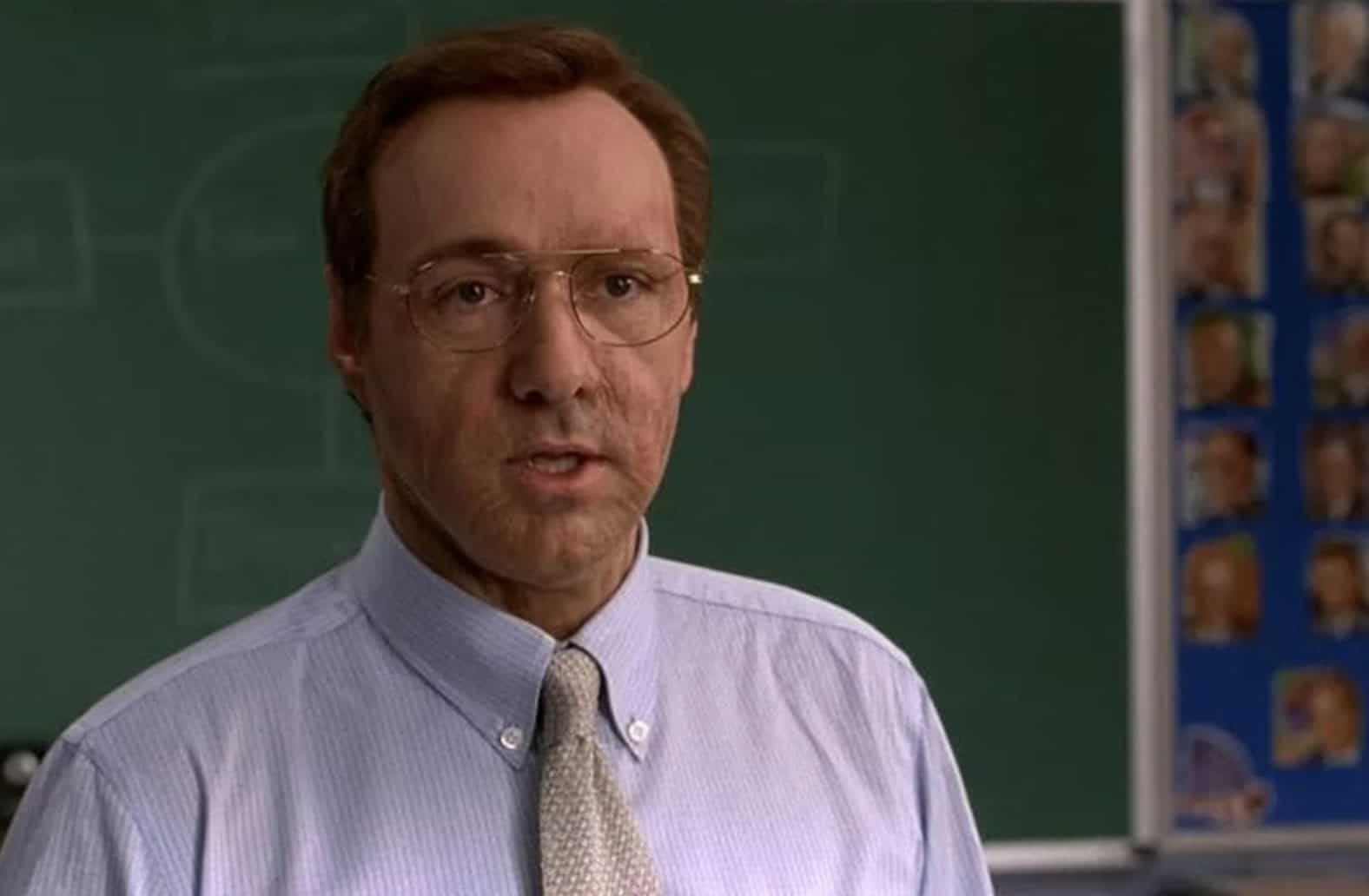
Another one of the best examples of “Christ figures” in movies is Eugene Simonet in “Pay it Forward.” In the film, Simonet is a substitute teacher, often mocked by his pupils due to the severe scarring on his face that came from early childhood abuse. Trevor, one of his students, takes something of a shine to Simonet. Soon, Simonet enacts a plan of action for his students that he terms “paying it forward.”
This plan involves paying forward good deeds. For example, if someone does something good for you, you, in turn, pay it back to others three times over. Besides the obvious rule of three and the Trinity connection, Simonet embodies Christ in his thankless pursuit of doing good for others. This is further confirmed by the quiet, but pervasive success of his “paying it forward” project. By the end of the film, the entire community has adopted this method of blind kindness and good Samaritans, much like Jesus’ message transforming into a world religion.
Gandalf – The Lord of the Rings Trilogy (2001-2003)

While The Lord of the Rings film trilogy features numerous characters that exhibit Christ-like actions, the best example comes in the form of the wise, older sage wizard Gandalf. He spurs young Frodo into action, to take the ring to Mount Doom and destroy its inherent evil. Along the way, Gandalf makes a startling move.
While in the Mines of Moria, Gandalf willingly sacrifices himself to save the adventuring party. Without hesitation, he dies. Then, he returns as Gandalf the White, retaining an angelic aura throughout the trilogy. Much like Christ, Gandalf sacrifices himself for the good of the cause, before resurrecting in a holy form. Furthermore, though he practices magic, he retains a half-human, half-divine nature much like Jesus.
Desmond Doss – “Hacksaw Ridge” (2016)
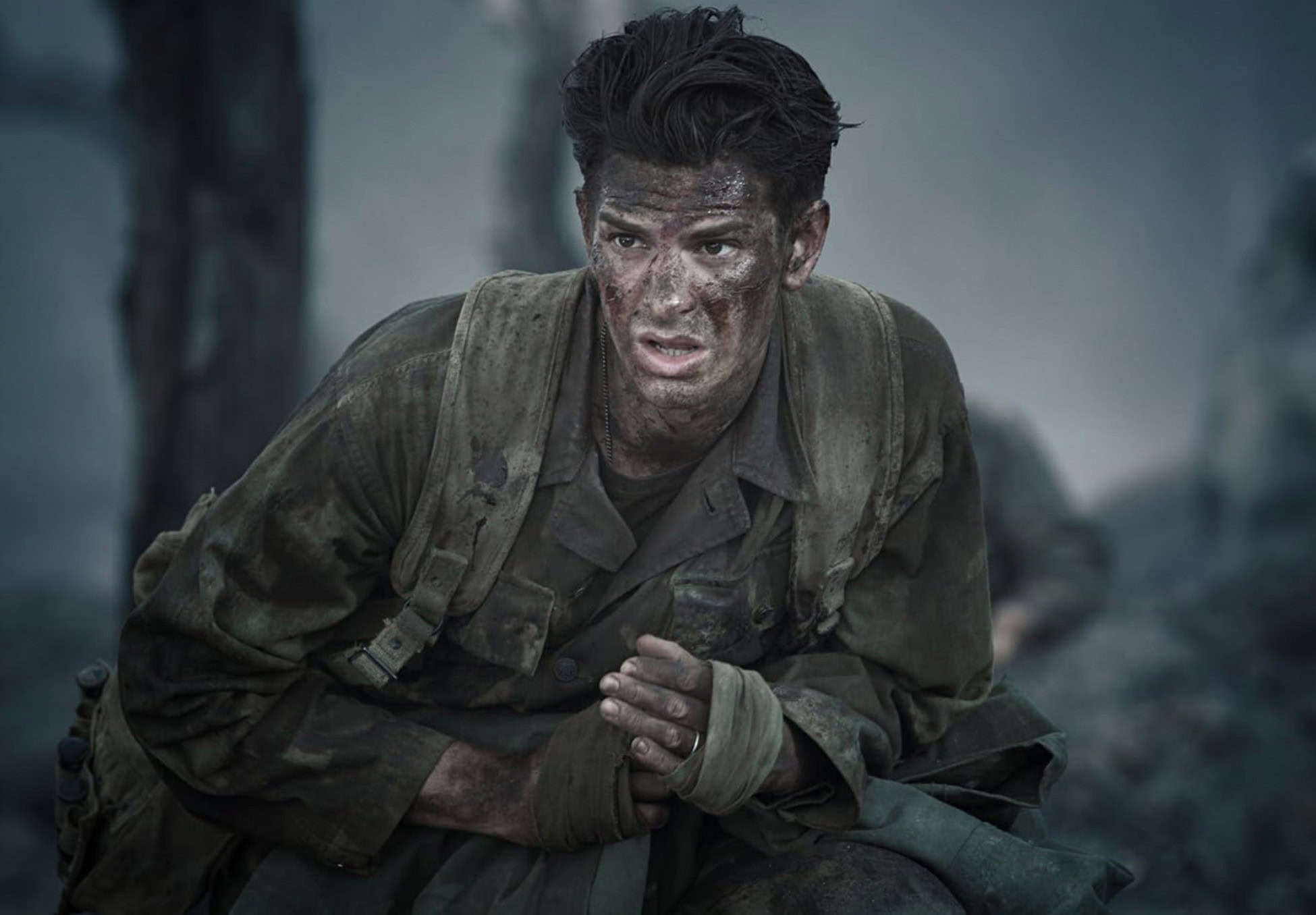
Another one of the best examples of “Christ figures” in movies is that of Desmond Doss in “Hacksaw Ridge.” While the other movies on this list hint at Christianity, “Hacksaw Ridge” fully purports its vision in the form of Desmond Doss. Though a pacifist and conscientious object, Doss nevertheless joins the military to fight in the Pacific Theatre of World War II.
Though he takes the role of medic, he refuses to carry or use weapons of any kind. Throughout the film, Doss moves under constant fire, escaping death countless times and saving others from such a fate in his principled pursuit of nonviolence. Much like Christ, Doss holds true to his beliefs and lets his faith carry him through certain death. He comes out on the other side, unscathed and holy. Based on a real-life story, Doss became the first conscientious objector to win the esteemed Medal of Honor.
Paul Atreides – “Dune 1 & 2” (2021, 2024)
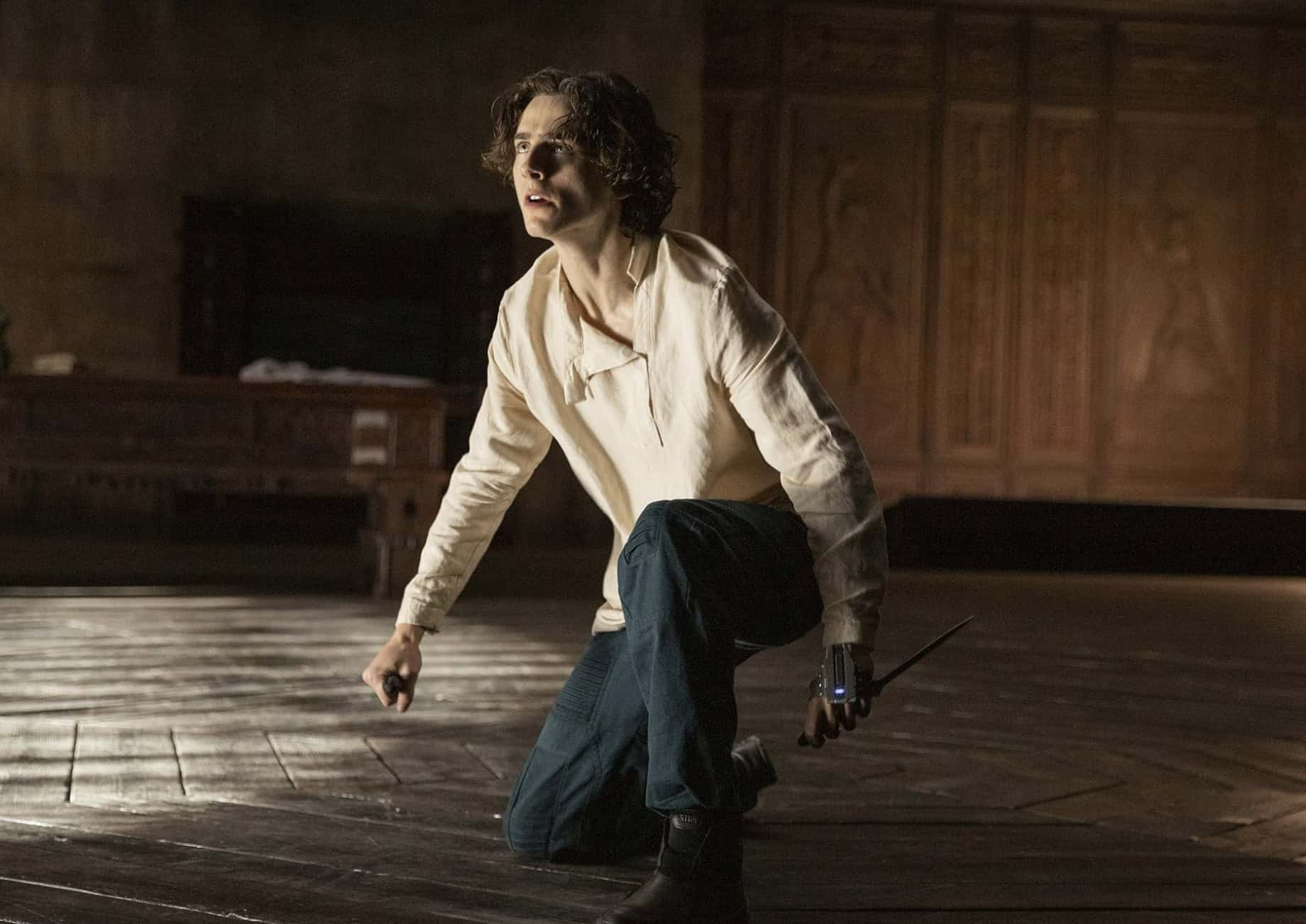
Another one of the best examples of “Christ figures” in movies is Paul Atreides in the “Dune” films. As the prince of the powerful Atreides kingdom, Paul is thrust into a dangerous, alien world on the planet of Arrakis. After his family is ambushed, he flees into the desert. There, he befriends the native Fremen tribe and exhibits the qualities of a messiah.
For one, Atriedes acts in a way that organically fulfills the prophecy of a savior long held by the Fremen people. From there, he spurs the people into action, retaking the entire planet of Arrakis and putting the unscrupulous empire in peril. While Atreides is far more violent and ruthless than Jesus, he embodies Christ’s preternatural ability to enter a hostile population, convert them to his cause, and make believers out of them in his process of redefining the world in his prophetic image.
Neo – “The Matrix” Trilogy (1999, 2003)

Another one of the best examples of “Christ figures” in movies is Neo in “The Matrix” trilogy. At the start of the film, Neo is a typical computer programmer living out his 9 to 5 life. Soon, however, forces beyond him compel Neo to look past the surface of reality. There he finds a loyal band of rebels pursuing a secret truth hidden by malevolent actors.
Compared to more elusive references to Christ, the connection between him and Neo appears quite obviously in “The Matrix” films. He discovers his destiny to free humanity, all the while discovering supernatural powers inherent in his being. Much like Judas, a member of his rebel group betrays him for mirage-like riches. In the end, Neo, who by this time is called “The One,” attempts to free his group from their computerized prison, resurrecting humanity’s chance at living a better, freer life.
Randle P. McMurphy – “One Flew Over the Cuckoo’s Nest” (1975)
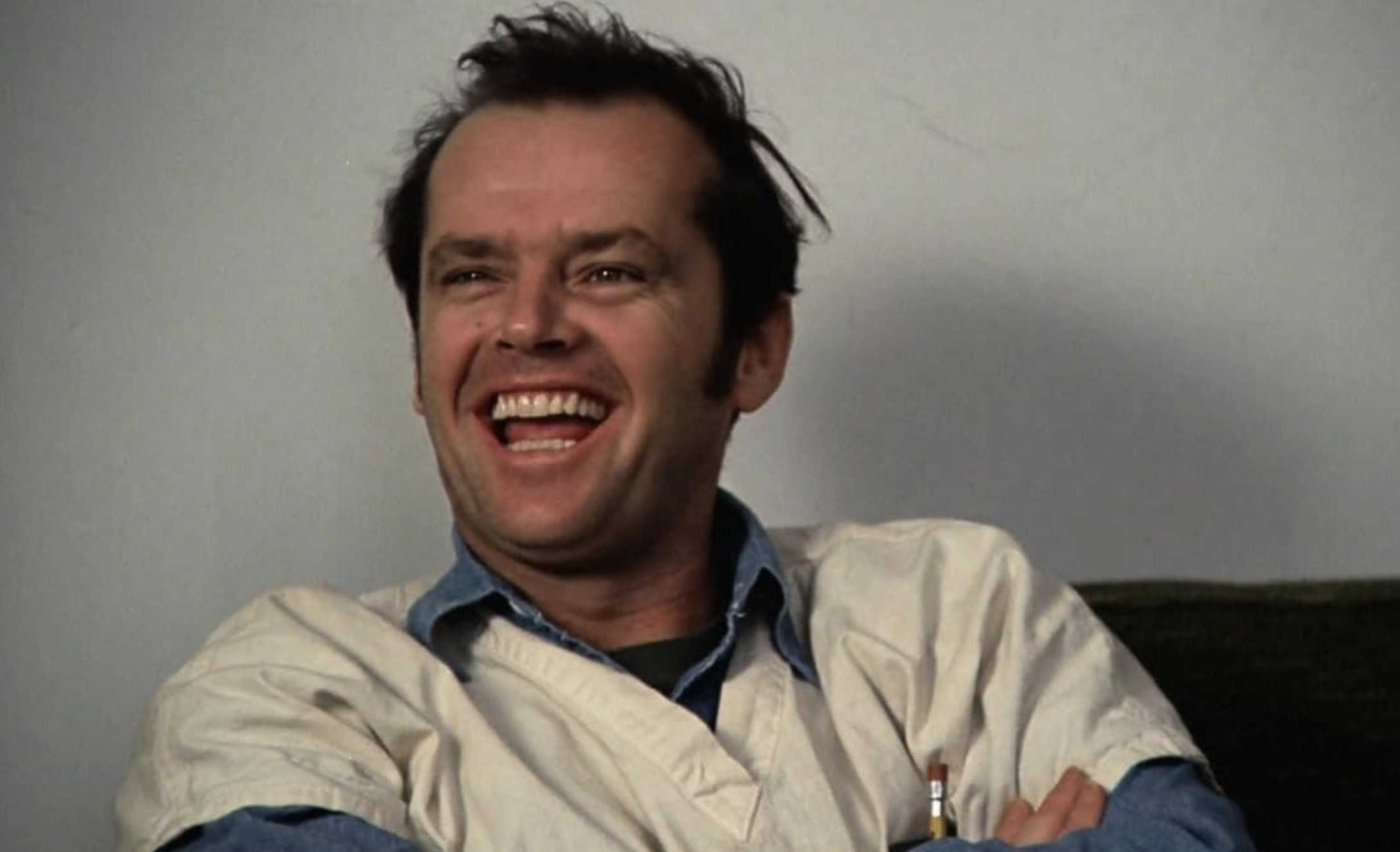
Another one of the best examples of “Christ figures” in movies comes by way of the character Randle P. McMurphy in “One Flew Over the Cuckoo’s Nest.” As a born rebel, McMurphy finds himself in a mental asylum. Though he’s rough around the edges, his inner light compels him to give the resigned-to-their-fate patients of the ward hope. While the references to Christ are more obvious in the original novel, many still shine through in the movie adaptation.
From the outset, McMurphy faces the wrath of the malevolent Nurse Ratched. Besides enduring electro-shock therapy on a cross-like bed, McMurphy takes 12 patients (much like Jesus’ 12 disciples) on a fishing trip. To be sure, the fishing reference is another clear allusion to Christ. Though his leadership burgeons and he galvanizes his select followers, nervous patient Billy betrays him like Judas when he tells on McMurphy to Nurse Ratched. In response, McMurphy immediately sacrifices himself by attacking Ratched, which results in him being lobotomized. Though taken out of the fight, his compatriot Chief expounds on McMurphy’s ideals to later patients, renewing their hope for a better life even in the confines of a mental asylum.
Joan of Arc – “The Passion of Joan of Arc” (1928)
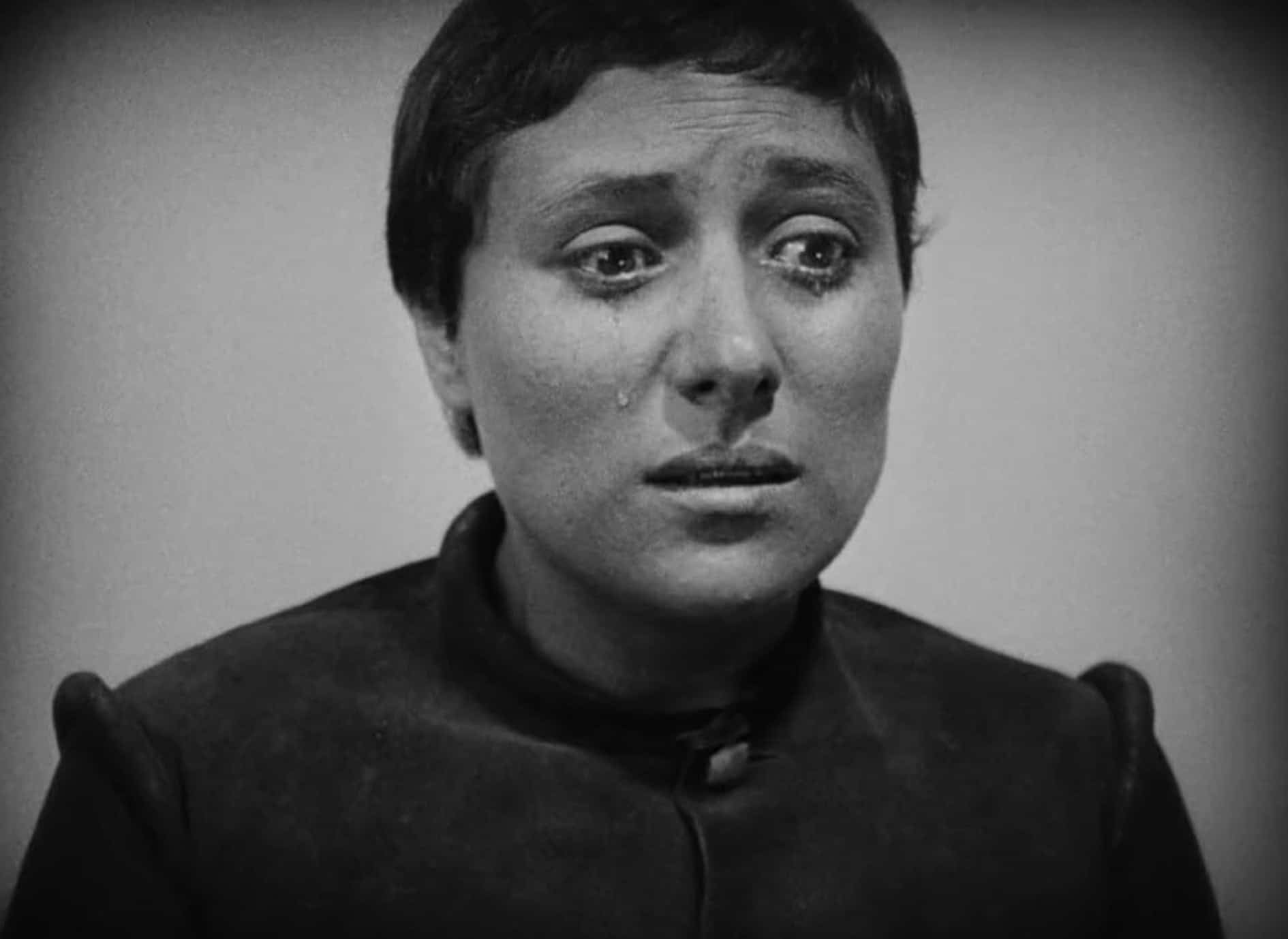
Another one of the best examples of “Christ figures” in movies is Joan of Arc from “The Passion of Joan of Arc.” Much like “The Matrix,” Joan of Arc exhibits obvious Christ-like or angelic tendencies. Based on the miraculous real-life story of the real Joan of Arc in 1400s France, the film follows her journey from peasant to patron saint of France.
Guided by what she claimed to be the whispers of angels, Joan rises above her lowly class to find an audience with the King of France. Acting on pure faith, she makes bold statements and pursues even bolder actions. Through the power of faith and the abilities of something entirely beyond herself, Joan finds hitherto lost sacred objects, wins decisive battles for France against England, and ultimately sacrifices herself when political favor turns against her, refusing to eschew her old beliefs for a new guard.
As in the film, Joan of Arc exhibits a holy, if not pure, personality. While she faced a bloody death, the ensuing centuries established her as not only a confirmed Saint but the Patron Saint of the entire country of France. Much like Christ, she pursued a sacred path that brought her both acclaim and torture, never one faltering in her beliefs regardless of hardship. (For other real-life moments, discover the best real-life speeches portrayed in film and television.)
ET – “ET: the Extra-Terrestrial” (1982)
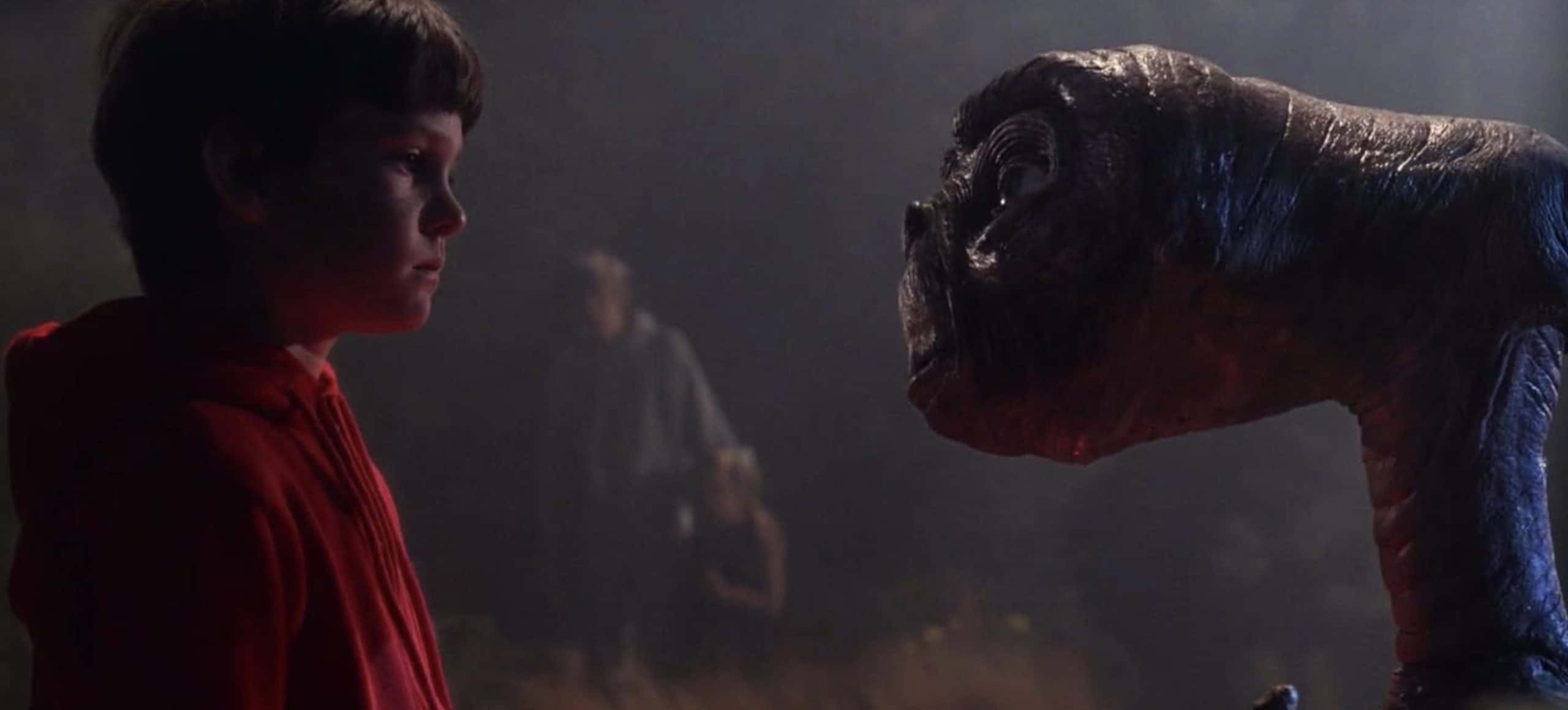
Another one of the best examples of “Christ figures” in movies is ET in the blockbuster hit film “ET: the Extra-Terrestrial.” The film follows a young boy named Elliot. After Elliot discovers an alien in the woods, left behind by his people, he befriends him and brings him into his home. Soon, ET’s magical, if not divine nature, becomes apparent. Though he’s a blessing to the neighborhood, Elliot enlists his friends and family to help him find a way to return ET to his home planet.
Though ET is most assuredly an alien of mysterious origin, this does not take away from his inherent Christ-like nature. In fact, there are numerous, nearly-explicit references to Christ. For one, ET comes from somewhere out there and enters Earth as a stranger. Much like Jesus coming to life in a stable, ET makes his first home in a shed. Upon befriending Elliot, ET begins exhibiting miraculous, supernatural abilities. He heals wounds with a touch of his alien finger. He makes people fly and levitate with a simple act of will. When ET gets drunk on a six-pack of beer, Elliot exhibits the symptoms of drunkness instead, suggesting a preternatural connection between the pair much like Jesus and his followers.
Even beyond that, ET’s heart glows with an inner light that can be seen from outside his body. Furthermore, ET dies before miraculously returning to life. By the film’s conclusion, the alien must return home, which connects to Jesus’ ascension to the Kingdom of Heaven. Finally, upon ET’s exit from Earth, he consoles Elliot by pointing to his heart and telling him that he will always be in there with him.
The Iron Giant – “The Iron Giant” (1999)
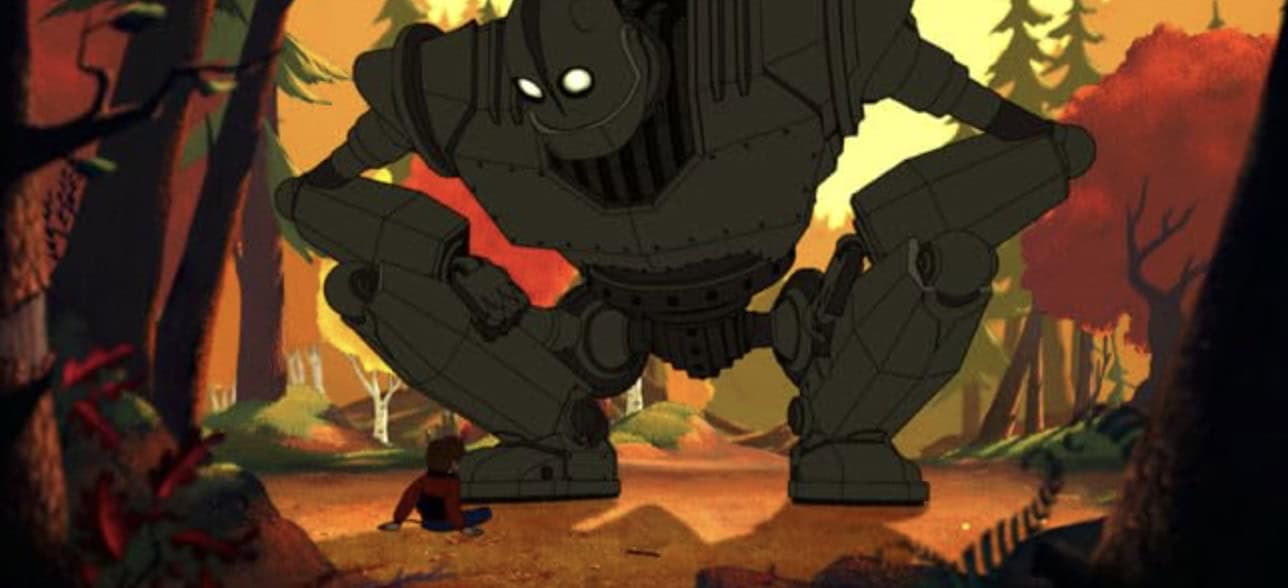
Though perhaps more elusive than other films on this list, another one of the best examples of “Christ figures” in movies is The Iron Giant from “The Iron Giant.” The movie opens with a 50-foot-tall robot crash-landing on Earth. Soon after, a boy named Hogarth Hough finds the robot and befriends him. The army catches wind of this incursion, however, and hunts down The Iron Giant, eventually destroying him.
While The Iron Giant is a robot from somewhere beyond, he seems to understand and empathize with humans. Furthermore, he is incredibly powerful, yet exhibits a gentle touch and sense of being upon meeting humans. While otherworldly, the Iron Giant understands human emotions. Upon his eventual capture by the army, the Iron Giant sacrifices himself. Even though he is far more powerful than humans, he willingly accepts his death at the hands of the very people he is trying to help. In the end, The Iron Giant resurrects much like Jesus from the Tomb, by reassembling his disparate pieces.
Luke – “Cool Hand Luke” (1967)
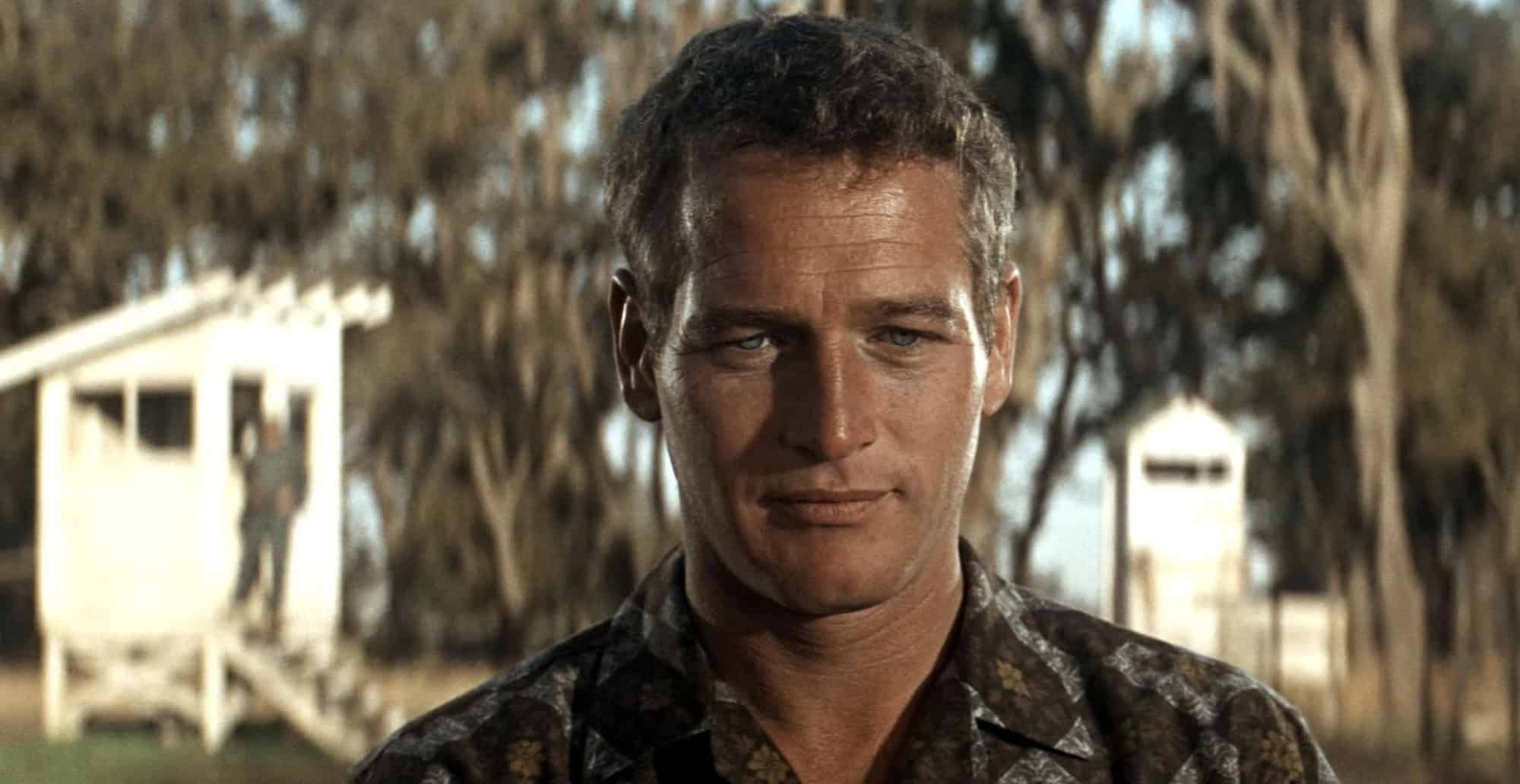
A final example of “Christ figures” in movies is the character of Luke in “Cool Hand Luke.” From the outset, the connections between Jesus and Luke are apparent. He enters a harsh and broken prison system, but quickly wins over his fellow prisoners. This results in outsized persecution by the system’s authority figures. Plus, the visual references remain readily apparent. After winning the egg-eating contest, Luke lies exhausted on a table in a Christ-like pose.
Eventually, Luke’s simple rebellion causes him to be sacrificed. Before that, however, Luke explicitly talks to God, echoing Jesus’ conversation with God in the Garden of Gethsemane. Soon after, Luke is betrayed by Dragline, who delivers him to the prison authorities. In the end, Luke dies, but his actions succeed in changing the broken prison system for the better. (For more explicit religious messages, discover 37 of the most iconic Bible quotes.)